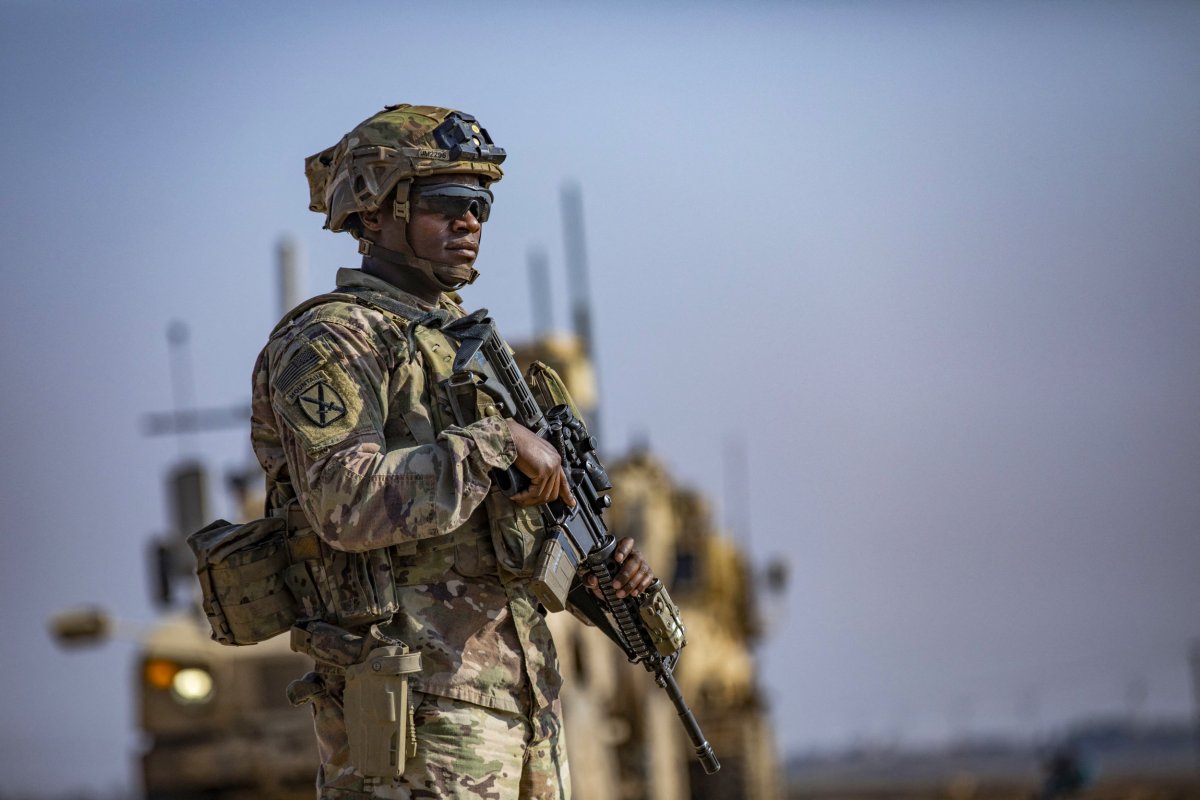Early losses on the battlefield and Western sanctions forced Russia to seek new sources of weapons
 KRC TIMES Desk
KRC TIMES Desk

Russia is now working more closely with Iran, North Korea, and China, sharing sensitive technology that could pose a threat to the United States. and its allies even after the Ukraine war ends, say American defense and intelligence officials. The rapid growth and strength of security ties between U.S. adversaries have surprised even American intelligence analysts.
According to reports from WSJ, Russia and its Axis allies have put aside past disagreements to challenge what they see as a US-dominated global system. In a sign of their growing military relationship, Russian President Vladimir Putin and North Korean leader Kim Jong Un announced on June 19, in Pyongyang, that they had agreed to help each other if either country was attacked.
Their relationship is an alliance between the two authoritarian nations. Russia started increasing its cooperation with North Korea, Iran, and China after Russia invaded Ukraine in February 2022. Early losses on the battlefield and Western sanctions forced Russia to seek new sources of weapons. These partnerships have evolved into joint production deals,benefit Tehran, Pyongyang, and Beijing.
For decades, the former Soviet Union exported billions of dollars in weapons to the developing world. Now the relationship is partially reversed, as Moscow scours the globe for material to sustain its Ukraine war, now in its 28th month.
NATO Secretary-General Jens Stoltenberg said on Tuesday, alongside Secretary of State Antony Blinken, that Russia’s war in Ukraine is supported by China, North Korea, and Iran. According to the Wall Street Journal, he mentioned that these countries want the US and NATO to fail. If Russia wins in Ukraine, it could make the West more vulnerable and the world more dangerous.
Iran has helped set up a factory in Russia’s Tatarstan region to produce deadly armed drones. US officials believe this factory is now running and can make thousands of Iranian-designed Shahed-136 drones each year. They also expect it to start producing other types of drones. A US defense official stated that Russia will still have this capability after the war. What started as a simple deal has now turned into a sharing of knowledge.

Iran can see how well its drones, which Russia is using against Ukraine, perform in actual combat. The worry is that Iran might bring all the lessons learned from this back to the Middle East. A senior Biden administration official said that China and Russia are also collaborating to produce nonlethal drones within Russia. The thing is, it’s deniable because it is just sharing technology and the production of commercially available drones.
On June 19, when Putin and Kim announced their closer military ties, they didn’t specify whether the new agreement means they will fight for each other in a war or if it simply promises other types of support. The United States and South Korea believe Russia might give North Korea space technology and other advanced systems in exchange for artillery shells and short-range ballistic missiles.
They believe North Korea has already supplied these weapons to support Russia’s war on Ukraine. It is believed that North Korea is also sending workers to Russia to help run weapons production lines. In return, Russia has been giving North Korea large amounts of fuel oil. The worry is that Russia’s support could include military help in the future.
Current and former U.S. officials said that the growing security ties between Russia, North Korea, Iran, and China do not yet form a formal military alliance like NATO in the West. Instead, these ties involve separate bilateral agreements between Russia and each of the three other countries.
Sue Mi Terry, a former CIA and White House official, recently said that for Russia, North Korea, and even China, such cooperation is more a convenient arrangement based on shared interests and goals right now, rather than a deep alliance. However, the beginnings of a new alliance are forming, showing signs of wider strategic and diplomatic cooperation.
According to Western officials and customs data, China has been leading efforts to strengthen trade ties with countries sanctioned by the US, such as Russia, Iran, and Venezuela, as a way to protect them against Washington’s financial actions. Last month, US Director of National Intelligence Avril Haines told lawmakers that China and Russia are conducting military exercises for the first time that seem to focus on Taiwan, the self-governing island that Beijing claims as its territory.
In March, Moscow used its veto in the U.N. Security Council to stop the United Nations from continuing to monitor international sanctions on North Korea. This move was to avoid scrutiny of the weapons pipeline between Pyongyang and Moscow.
According to a US defense official, the weapons pipeline from Tehran is proving to be the most helpful to Moscow, making Iran Russia’s main weapons supplier. Besides helping build the drone factory in Tatarstan, Iran has sent hundreds of drones and other weapons to Russia. The two countries are in advanced talks for Iran to sell short-range ballistic missiles to Russia.
Iran has, however, denied supplying weapons to Russia. But Behnam Ben Taleblu, a senior fellow at the Foundation for Defense of Democracies in Washington, said that in many areas where Iran was once the student, it is now becoming the master. For the first time in history, Iran is more than just a junior partner to Russia.
Current and former U.S. officials said that China has done everything except supply weapons to Russia. Washington has warned that providing weapons would lead to American economic sanctions. US officials said that help from Beijing allowed Russia’s defense production to recover faster than American intelligence agencies expected after Moscow’s early setbacks in Ukraine and Western sanctions aimed at restricting its access to weapons.
Officials said that China has sent large amounts of dual-use equipment to Russia, including machine tools, microelectronics for the defense industry, optics for tanks and armoured vehicles, and turbo engines for cruise missiles.
China is helping Russia enhance its satellite and other space-based capabilities for use in Ukraine. “They are very careful, but they are coming very close to crossing the line,” a defense official said. “They have been doing everything they can to support the Russians, mindful of the consequences.”



